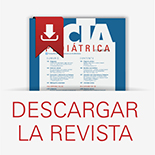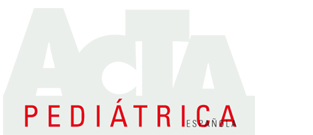Volumen 67 - Número 4 - Abril 2009
Publicado en
Nutrición infantil
Actualización en fórmulas infantiles basadas en leche de vaca
Update on infant formulas based on cow’s milk
J.C. Salazar Quero, B. Espín Jaime, J. Valverde Fernández, A. Cárdeno Martín, A. Rodríguez MartínezUnidad de Gestión Clínica de Pediatría. Unidad de Gastroenterología, Hepatología y Nutrición Pediátricas. Hospital Virgen del Rocío. Sevilla














